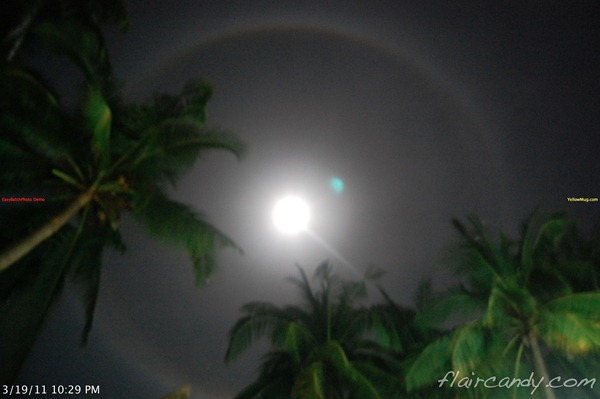

They live on plankton, as well as by-products from fish and coral reefs. That makes each mussel a tiny purification system on its own! 3. Each pearl mussel can filter about 104 liters of water every 24 hours, and the impurities, such as algae, are used or ‘eaten’ by the mussel. While oysters and mussels need a certain level of cleanliness in their water to survive, they can also contribute to purifying the water and increasing the water quality.

Pearl Mussels and Oysters Can Purify Water Now that experts know this, however, they ensure that the marine and freshwater environments have the best possible water quality. One example is the tragic tale of how the Hoover Dam historically killed off pearl oysters in Mexico because of not enough fresh water pouring into the ocean. And an oyster is only happy in clean, unpolluted water where there is a lot of oxygen and minerals. To produce a quality pearl, the oyster should be happy.

Oysters Need Clean Water to Produce Pearls Foundation has shown that if pearl farming is managed well, it not only has a very low impact on the environment, but it can help the environment to stay healthy. But what impact does the development and growing popularity of pearl farming have on the environment? If you were worried about it, don’t be. Pearls are organic and the only sustainable gem on earth.


 0 kommentar(er)
0 kommentar(er)
